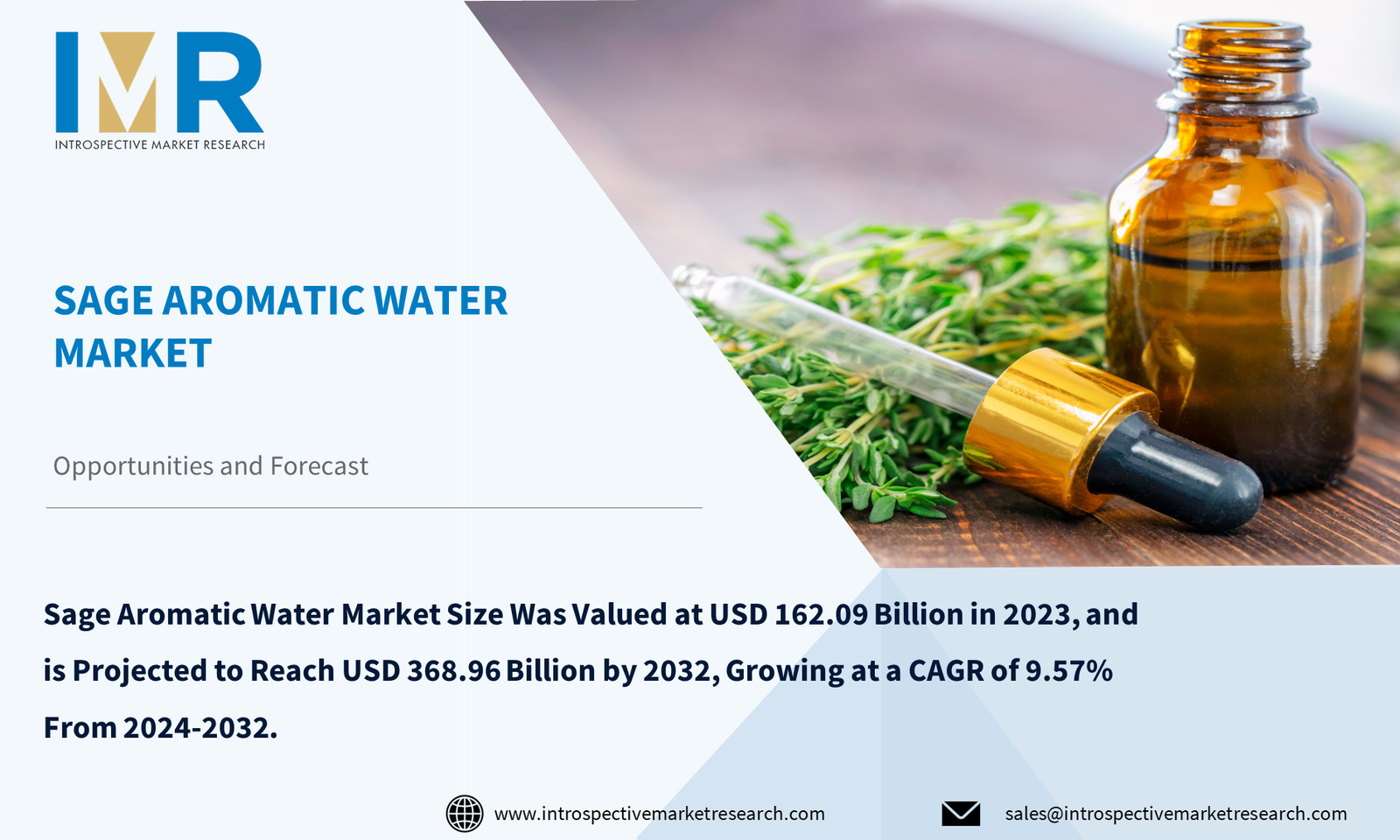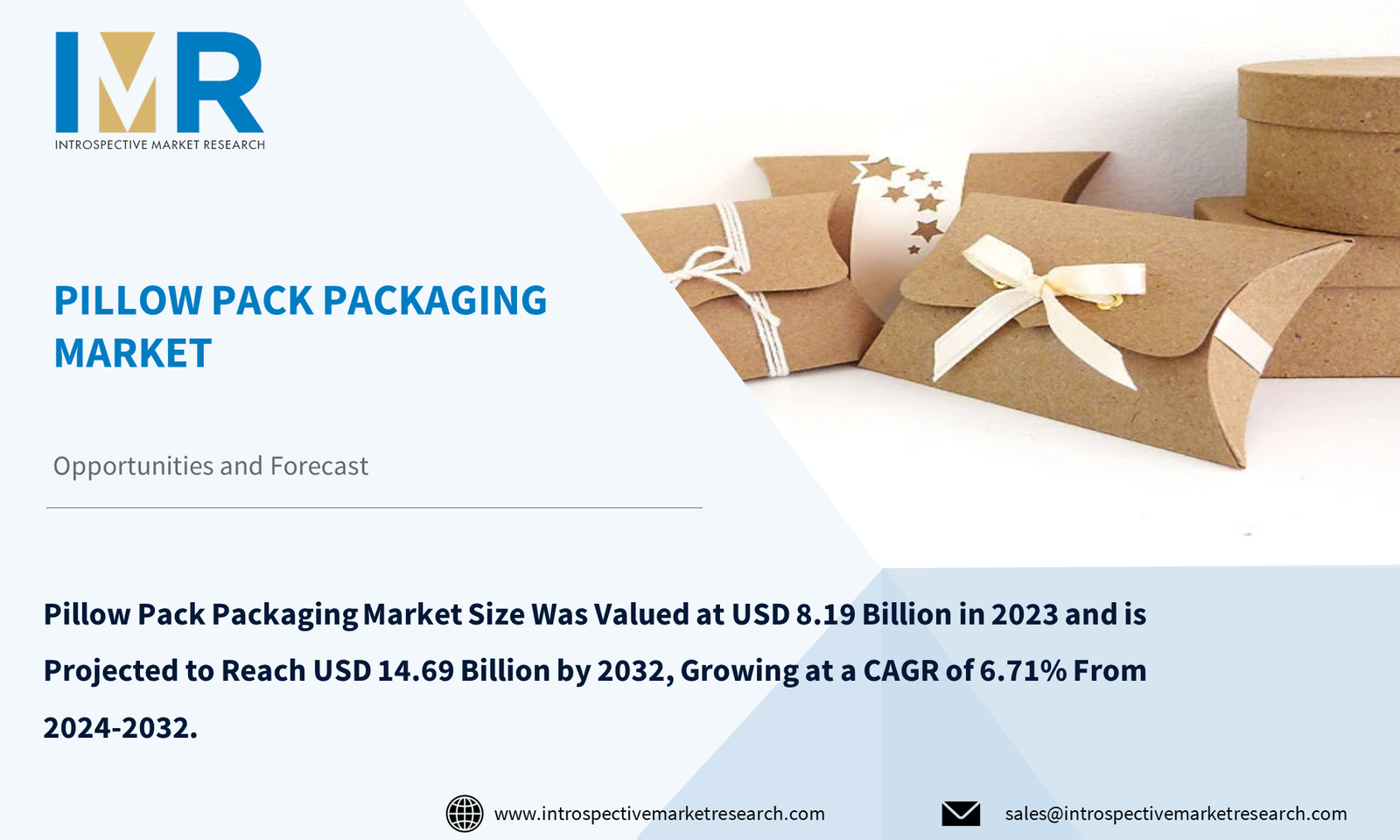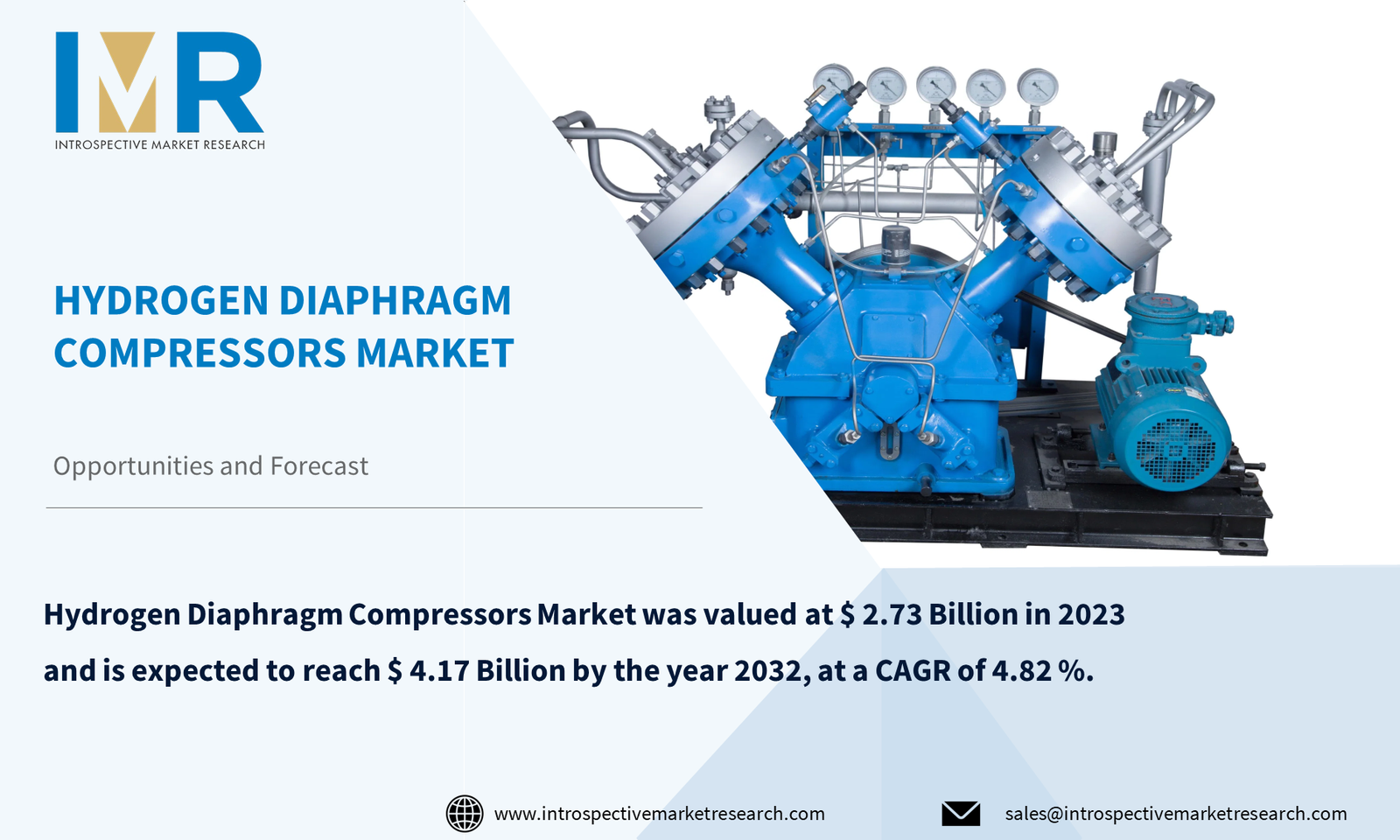
Market Size – USD 5.29 Billion in 2021, Market Growth - CAGR of 8.4%, Market Trends –the increasing demand from electronics industry is widening the scope for Fortified Salts Market.
According to the current analysis of Introspective Market Research, the global Fortified Salts Market was valued at USD 5.29 Billion in 2021 and is expected to reach USD 9.30 Billion by the year 2028, at a CAGR of 8.4%.
Iron Deficiency Anemia (IDA) and Iodine Deficiency Disorder (IDD) contribute to the micronutrient deficiencies of public health significance over the world, prominently in the emerging and under-developed countries. For instance, as per the TATA Trust India, the trusts reinforced DFS interference in the government's mid-day meal, Integrated Child Development Services, and Public Distribution Services Program have benefited over 68 million people from India. Salt is an ideal carrier for micronutrient fortification and micronutrients such as iodine and iron can be launched through salt, which ingested by an individual provides various nutritional benefits, this micronutrient added salt is called fortified salt.
Extensive consumer tendency towards nutritive food along with growing cases of malnutrition witnessed among the adults as well as children over the developing countries will be expected to generate lucrative growth avenues for fortified salts industry during the forecast period. In addition, the surge in the cases of anemia as a result of iron deficiency is probably to turn the market growth trends. The large-scale sale of fortified salts due to humungous requirements for preserving food is expected to favorably impact the intake of packaged & processed food, thereby steering the growth of the fortified salts industry during the projected period.
Fortified Salt Market is segmented by Product Type (Iodine, Iron, And Double Fortified Salt), Application (Food and Beverage Industry, Food Processing, Household, Animal Feed, Hospitality and Services, and Others), Distribution Channel (Hypermarket/Supermarket, Grocery Stores, Online and Others), and Region.
Some of the major participants for the fortified salt market are Cargill Incorporated, Tata Chemicals, China National Salt Industry, United Salt Corporation, Kutch Brine Chem Industries, Sambhar, AkzoNobel, Schweizer Salinen, Ankur Salt, Windsor Salt, Annapurna Salt, Bajaj Salt, Super Salt, Shreeram Chem Food, Saboo Sodium Choro, Ahir Salt Industries, Hindustan Salt, Compass Minerals, Tamil Nadu Salt Corporation, and others.
For this report, Introspective Market Research has segmented the Fortified Salts Market based on region:
Regional Outlook (Revenue in USD Billion; Volume in Units, 2021-2028)
- North America
- U.S.
- Canada
- Mexico
- Europe
- Germany
- France
- UK
- Italy
- Turkey
- Rest of Europe
- Asia Pacific
- China
- India
- Japan
- South Korea
- Indonesia
- Vietnam
- Thailand
- Rest of Asia-Pacific
- Middle East & Africa
- Saudi Arabia
- South Africa
- Iran
- Rest of MEA
- Latin America
- Brazil
- Argentina
- Rest of LATAM






